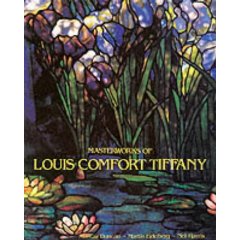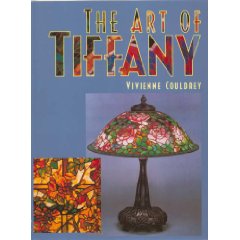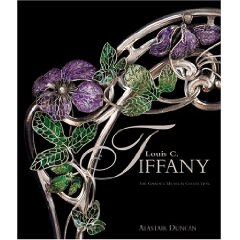|
LM16TL
16 Inch glass shade with a
Green
Maple Leaf design. Requires
2x60w BC bulb (not
supplied),
approx dimensions are height
63cm (25 inches), shade
diameter
40cm (16 inches).
£225.00
|
|
The famous Tiffany dragonfly
lampshade originally designed
by Clara Driscoll in 1900.
Fine selection of
reproduction hand
manufactured stained glass
Tiffany table lamps including
the famous Lilly, Wisteria,
Mackintosh and floral
designs.
Reproduction Art Deco Lamps
representative of the popular
international art design
movement from 1925 until the
1940s, elegant, glamorous,
functional and modern
Hand made floor standing
lamps with Tiffany
reproduction shades handmade
from cut pieces of stained
glass. All floor lamps come
with a fused plug and in-line
floor push button switch.
Large selection of hand made
Tiffany wall lighting shades
made following Louis Tiffany
traditional methods, leaded
with stained cut glass.
Cut glass hand made
traditional Tiffany ceiling
lights including the famous
Dragonfly, Raindrop and
Mackintosh designs.
Looking for a Tiffany Lamp
bargain, this page contains
Tiffany Lamp Discounted Sale
Items.
Tiffany style lamps evolved in the 1890s with the introduction of electric lighting. Clear glass had long been employed to protect the flickering flames of oil and gas lamps, however, electric lights produce a much stronger, harder, not so flattering and romantic light. Tiffany came at the right moment to cast a magic glow over the new harsh modern light that was so efficient yet so unromantic.
Prior to this time, Tiffany was experimenting with the production of all kinds of coloured glass. Much of which was too colourful for the tradition in favour at the time for stained glass windows, consequently large stores of it accumulated. Not being a wasteful person, Tiffany, using excess glass from the manufacture of his windows and the failed experimental stores of bright colourful glass made a commercial decision to produce tiffany lamps. These used smaller glass pieces and the same technique of leading as the windows. They were an instant success and consequently, over 100 years later, the popularity of tiffany table lamps, tiffany floor lamps, tiffany ceiling lamps and tiffany wall lamps is still with us, for they create interiors full of warmth and diffused light. All Tiffany’s favourite nature themes appear in our tiffany lamps: peacocks and dragonflies, trees in blossom, trailing flowers and brilliant blooms. The shades are worked with a strong contrast of stained glass, whilst the bases are formed like tree trunks, roots or lily pads, each combining with the other to form a stunning and satisfying whole. Many of the outstanding tiffany designs were by women. Perhaps the best known, the dragonfly tiffany lampshade was designed by Clara Driscoll in 1900, whilst the wisteria tiffany lamp with its random edged shade and multicoloured mosaic intricately leaded, was the work of Mrs. Curtis Freschel in 1902. |
|
|





